Sofia is the capital and largest city in Bulgaria. It’s located in the Sofia Valley, which is located in the western part of the country, near the border with Serbia. Sofia is surrounded by the Vitosha Mountains and has been inhabited since at least 7000 BCE.
Sofia is a laid back, modern city with a long history. From Roman to Ottomans to Russians to Bulgarians, the city has taken the best of them all. Most of the modern buildings date to the 19th century when the Bulgarians took the city back from the Ottomans.
It’s a small, walkable city with a smattering of beautiful ruins, Roman baths, Ottoman churches, and museums. There are many squares and pedestrian areas full of restaurants and bars.
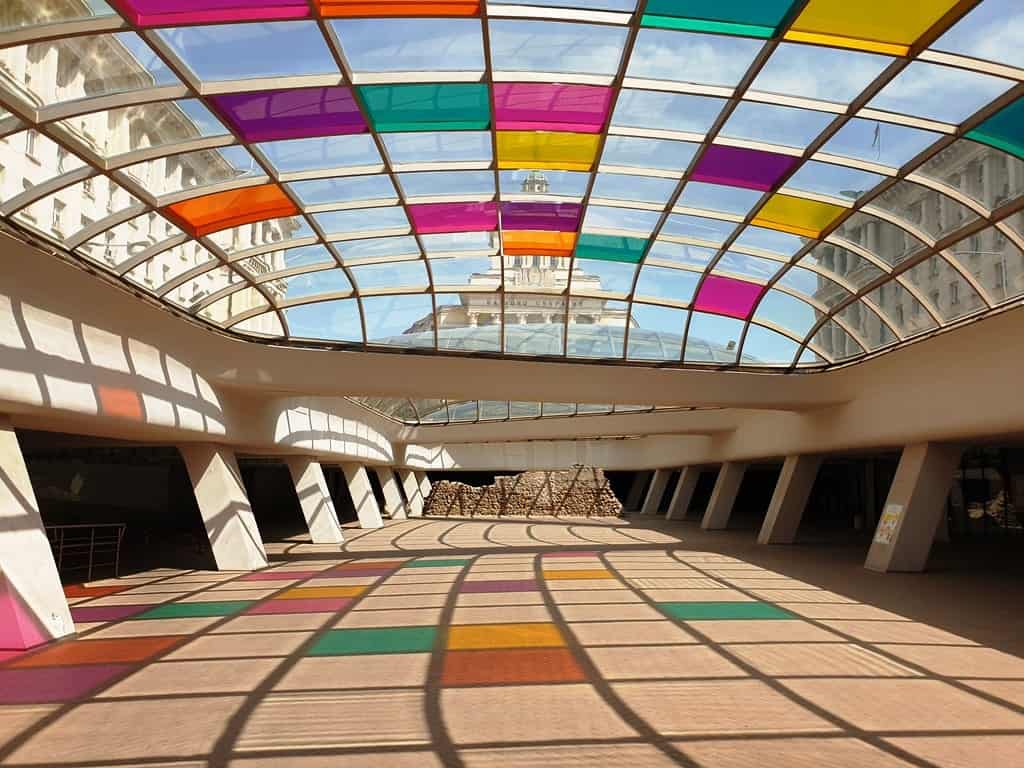
Table of Contents
How to Get to Sofia
The easiest way to get to Sofia is by plane. There are plenty of flights from cities across Europe and the Middle East. The airport is 11km from the city centre; the fastest way into the city centre from the airport is by metro or taxi.
You can also get to Sofia from cities across the Balkans and Eastern Europe by bus or train.
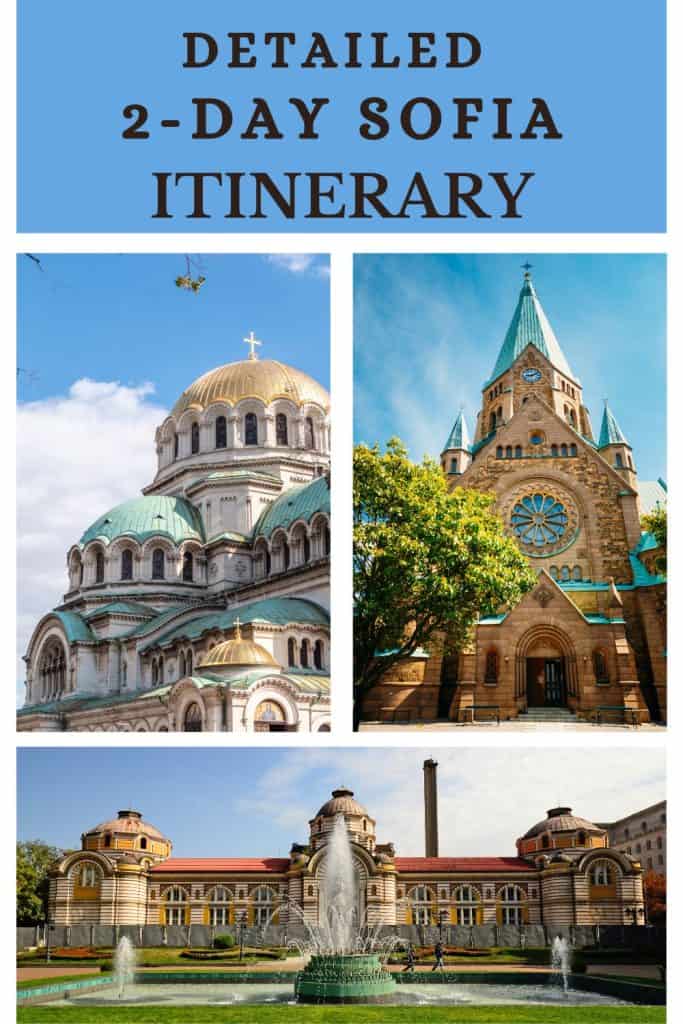
Two Days in Sofia: Where to Stay.
Hyatt Regency Sofia
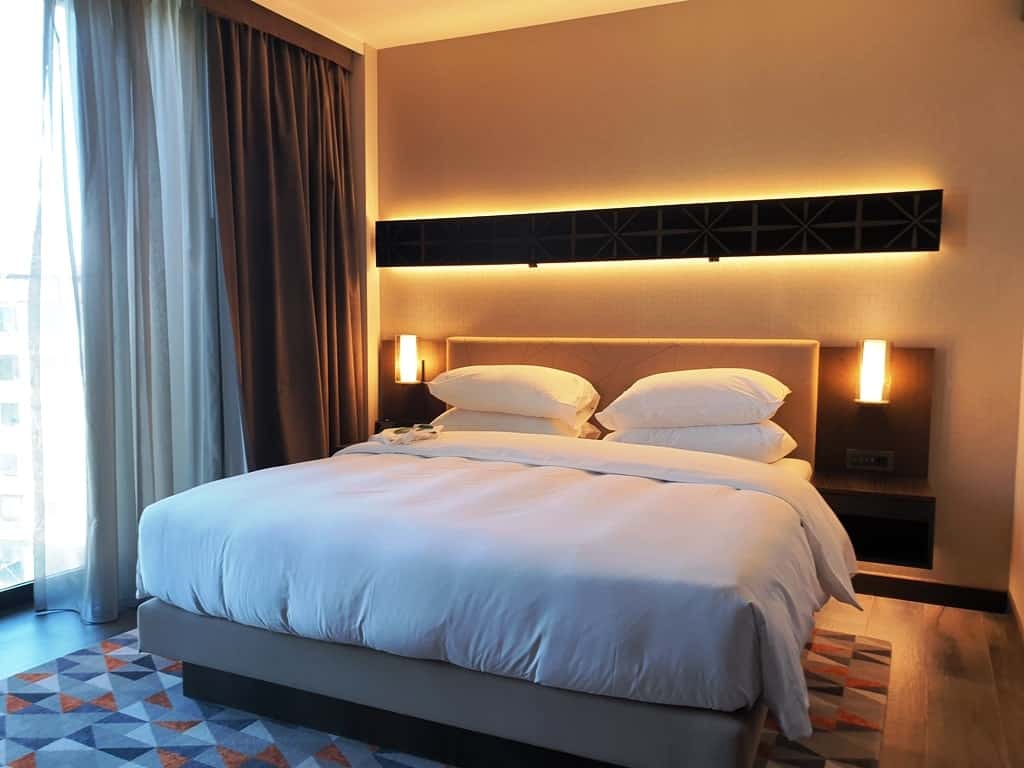
This five-star hotel is located right in the heart of Sofia on Vasil Levski Square, an ideal location for sightseeing and exploring the cultural attractions of the city. Rooms are spacious and modern, yet steps away from the rich Eastern European culture and history.
How to spend 2 days in Sofia, a perfect itinerary
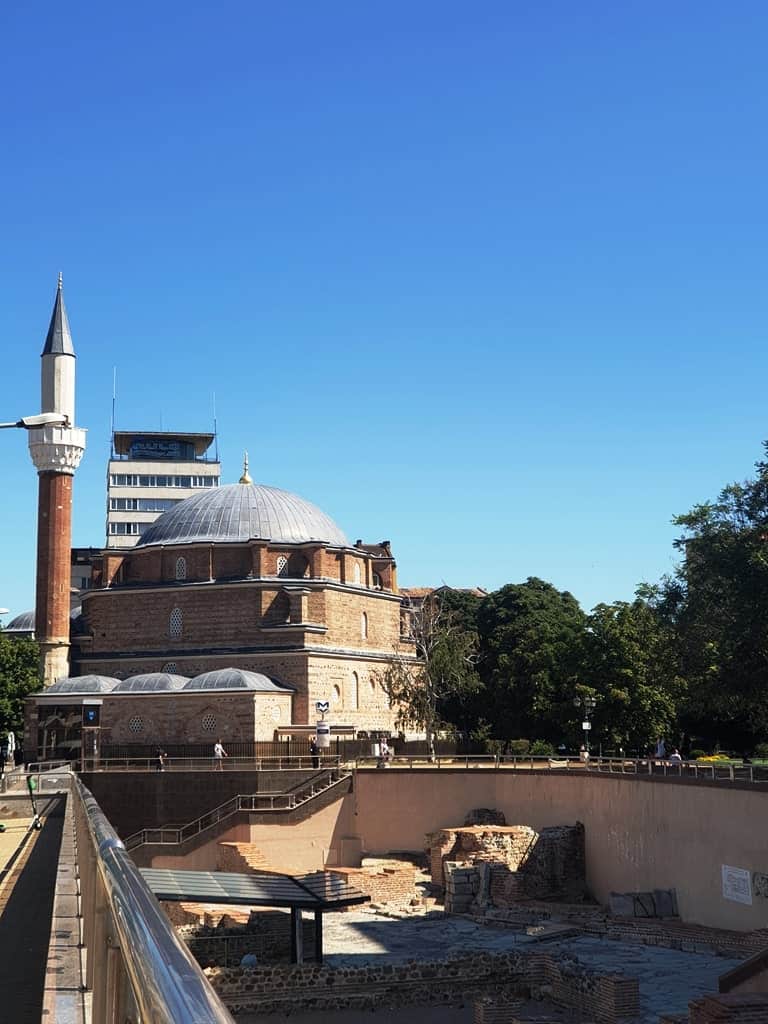
Sofia has been through many different eras and empires. In the 9th century, it became part of the first Bulgarian Empire. In the 11th century, it fell to the Byzantines, and in the 14th century, fell to the Ottoman Empire. During the Ottoman Empire, Sofia was an important administrative centre for the Ottomans.
There were eight Friday mosques, several synagogues, libraries, schools, and markets in Sofia – and some of these mosques were former churches. Following the fall of the Ottoman Empire, the mosques were either abandoned or converted back into churches.
So, there are many interesting things to see in this former Soviet country. Here are things you can do in two days in Sofia.
Sofia in 2 Days: Day One
Sofia has been called the “triangle of religious tolerance” because three of the world’s religions are situated in one square. Spend today exploring the many churches and cathedrals here in town. They are fairly central and easy to see.
Church of St George Rotunda
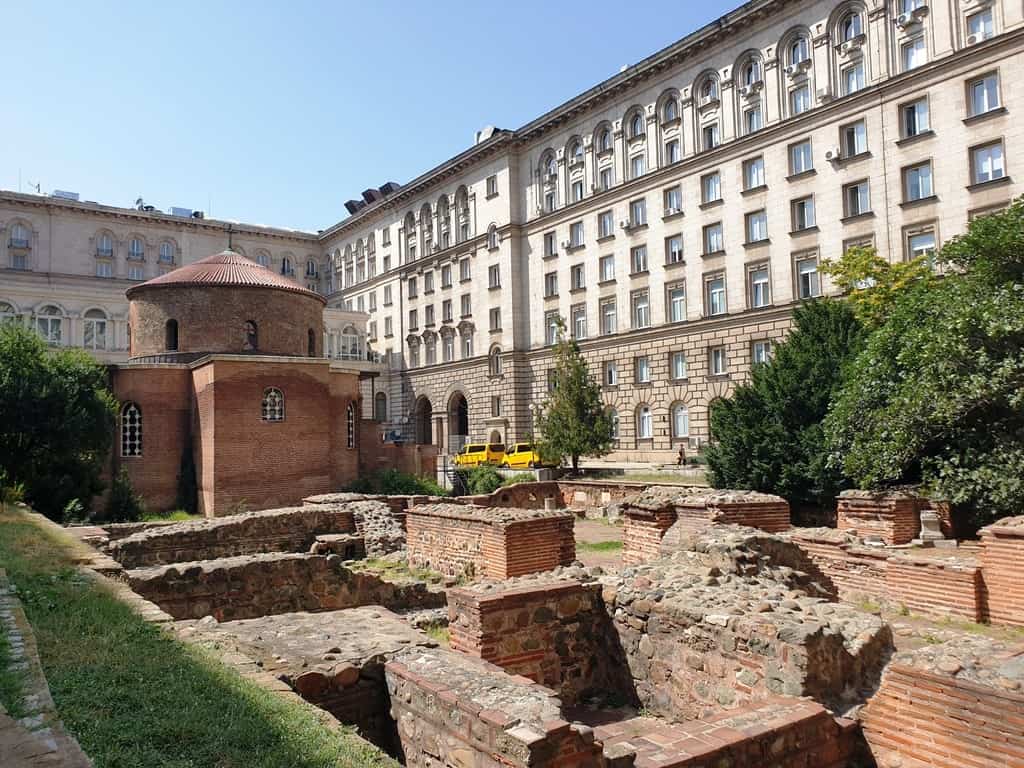
The rotunda church of St George was built as Roman baths in the 4th century BCE, inside the walls of Serdica, which was the capital of Dacia Mediterranea during the Roman Empire and Bulgarian Empire.
During the Ottoman Empire, the church was turned into a mosque. The church is famous for the 12th-, 13th-, and 14th-century frescoes inside the central dome. These frescoes were only rediscovered and restored in the 20th century.
Saint Alexander Nevsky Cathedral
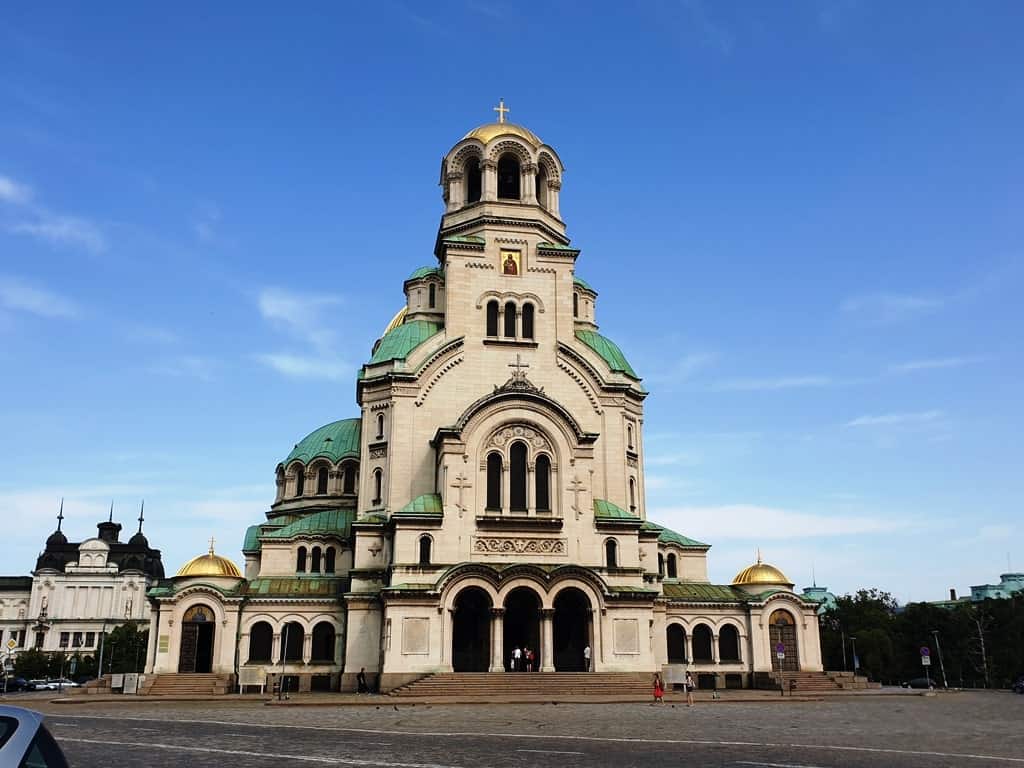
This neo-Byzantine church is an architectural marvel. Construction started in 1882 and ended in 1912, and rumour has it that the church can hold 10,000 people. The vast interior boasts stunning domes, soaring columns, and beautiful religious icons and paintings. All twelve bells were made in Moscow, and the largest weighs 12 tons.
Russian Church of Agios Nikolaos
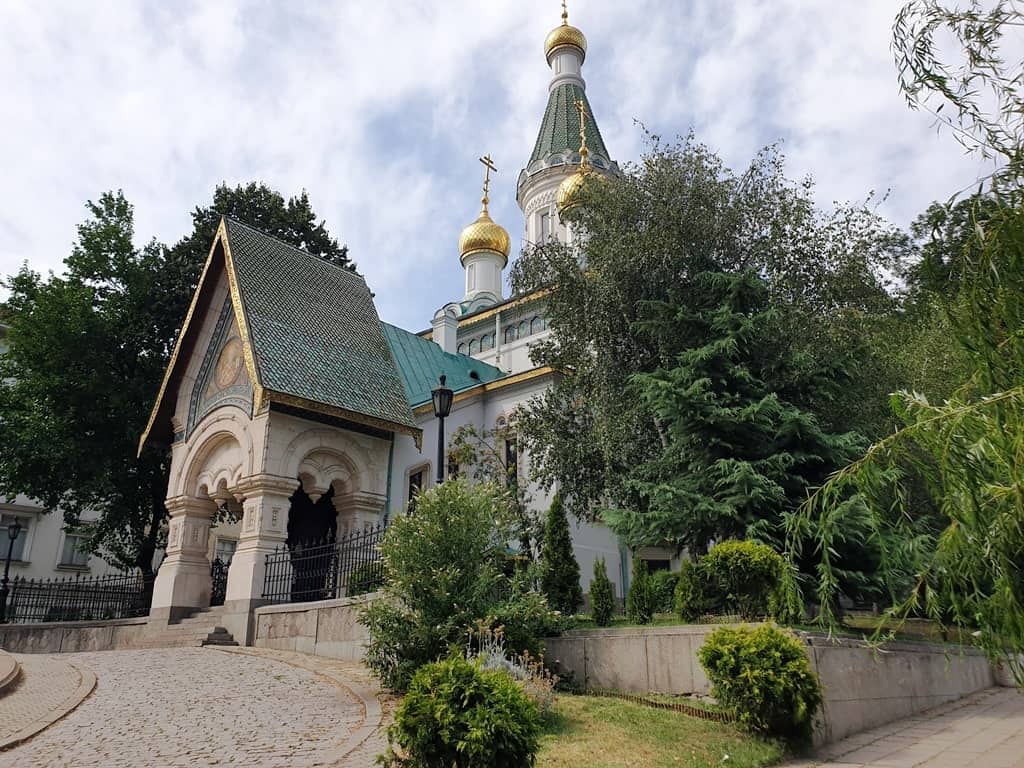
This beautiful tiny church was originally built as a chapel for the Russian embassy in Bulgaria and is decorated with murals by Russian artists. Following the 1917 Revolution, the chapel became a meeting point for Russian immigrants.
Church of Saint Sofia
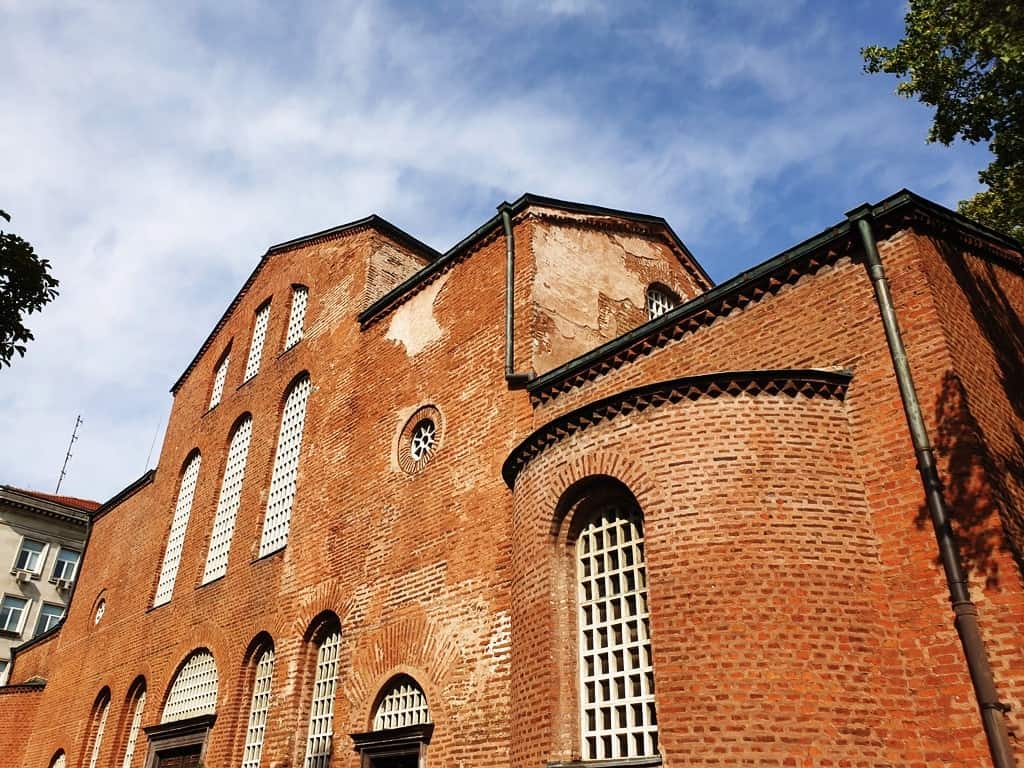
The Church of Saint Sofia was founded in the 500s on top of Serdica’s necropolis. There are also the ruins of an older church under the foundations. Visitors to the church today can see both of these features! During the Ottoman invasion, the church was turned into a mosque, but this was soon abandoned.
Serdica
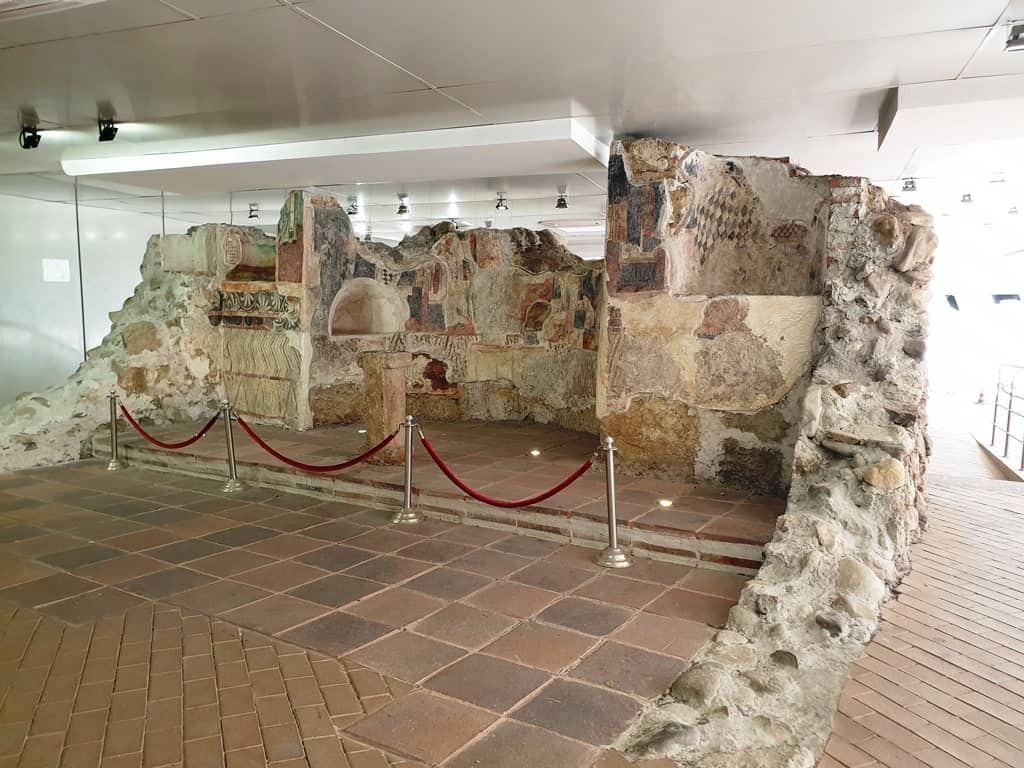
Serdica is an ancient city that once was on the same site as Sofia. The archaeological site can be found inside a metro station in the centre of the city. You’ll find a complex of arches, an amphitheatre, building remains, a chapel, and the ruins of the former city stretch underground for hundreds of metres. Don’t miss this really interesting site!
The Church of Agia Kyriaki
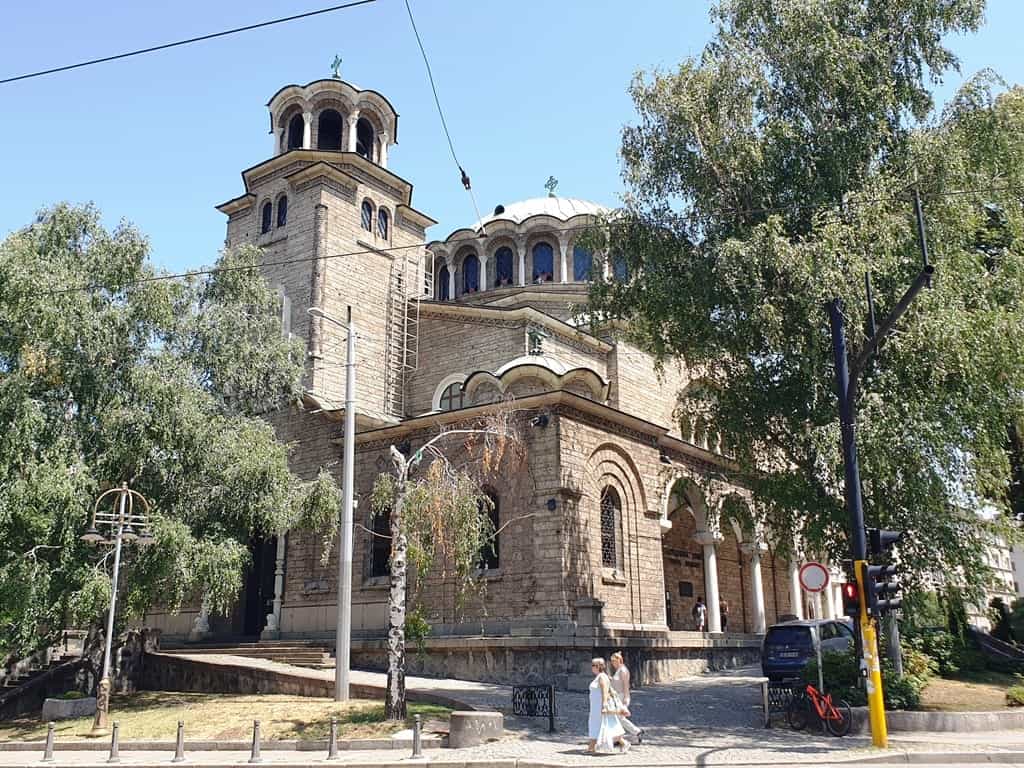
The Church of Agia Kyriaki is an Eastern Orthodox church that dates back to the 10th century. Until the 19th century, it was a mostly wooden structure, and in 1925 it was bombed by Bulgarian communists attempting to assassinate Tsar Boris III. Today it’s a popular church for traditional weddings.
Ivan Vazov National Theatre
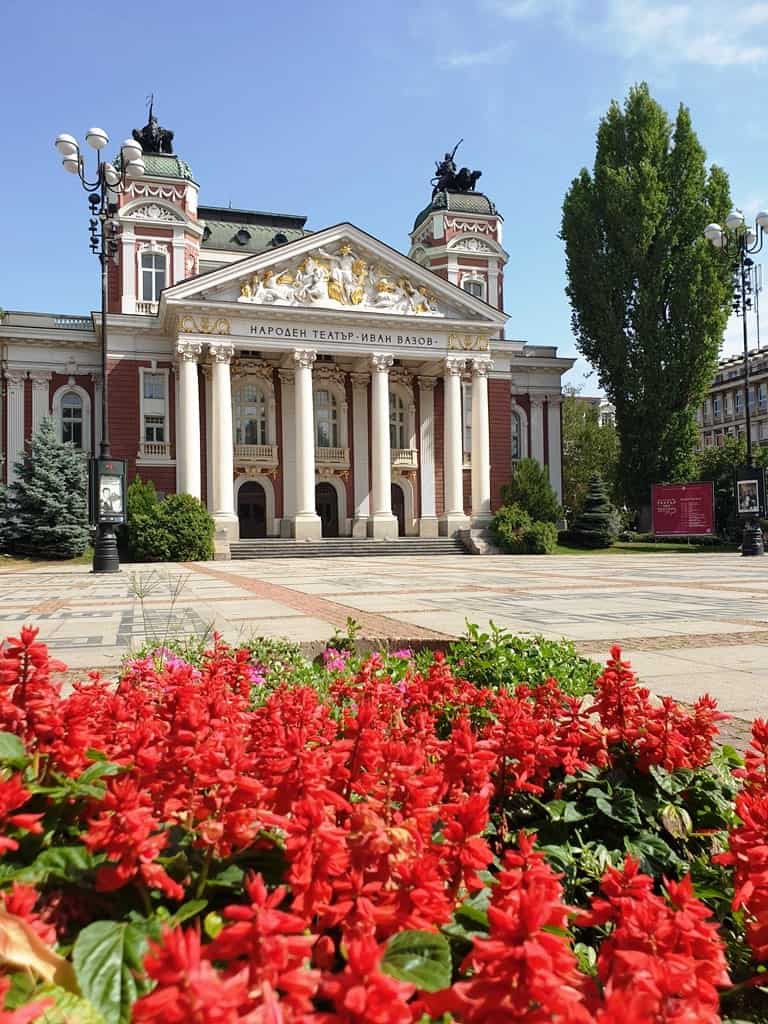
The Ivan Vazov National Theatre is a national icon and can be found on Bulgarian banknotes. It was designed by the Viennese firm Helmer and Fellner, in 1909. The theatre is most well-known for its drama productions, and often puts on Russian productions of Shakespeare plays.
Agia Petka
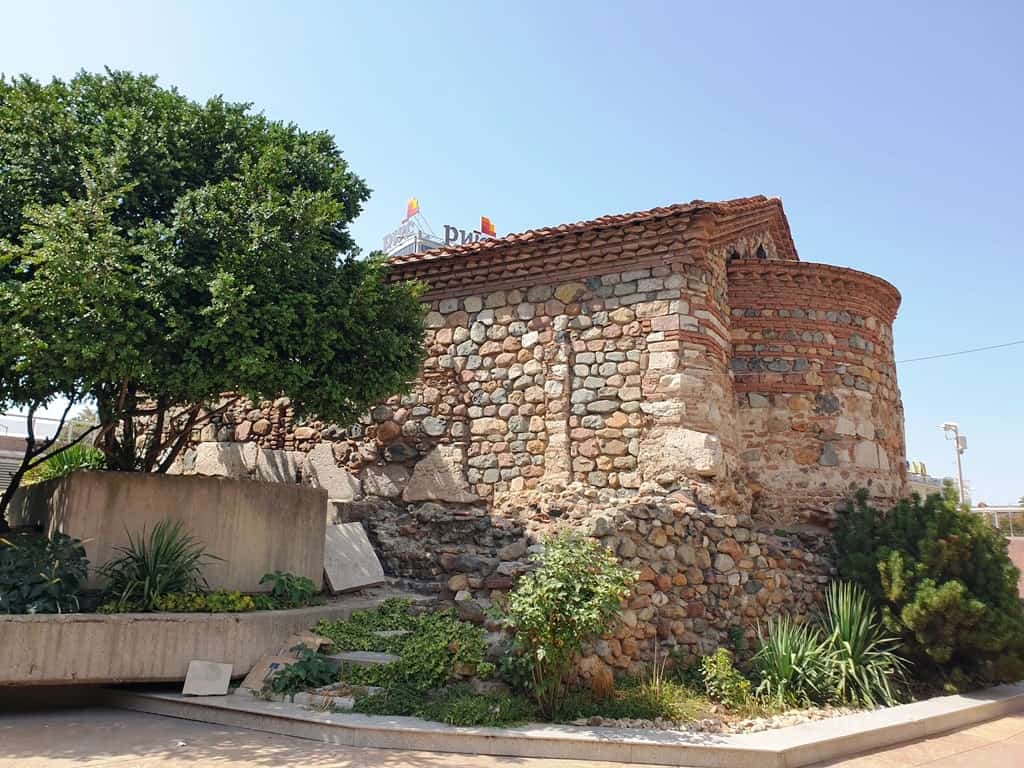
The Church of Agia Petka is a tiny Ottoman church located below street level. The reason for this is because it was built during the Ottoman period, and is also the supposed resting place of Vasil Levski, the national hero of the Bulgarians after he was killed by the Ottomans.
Sofia Synagogue
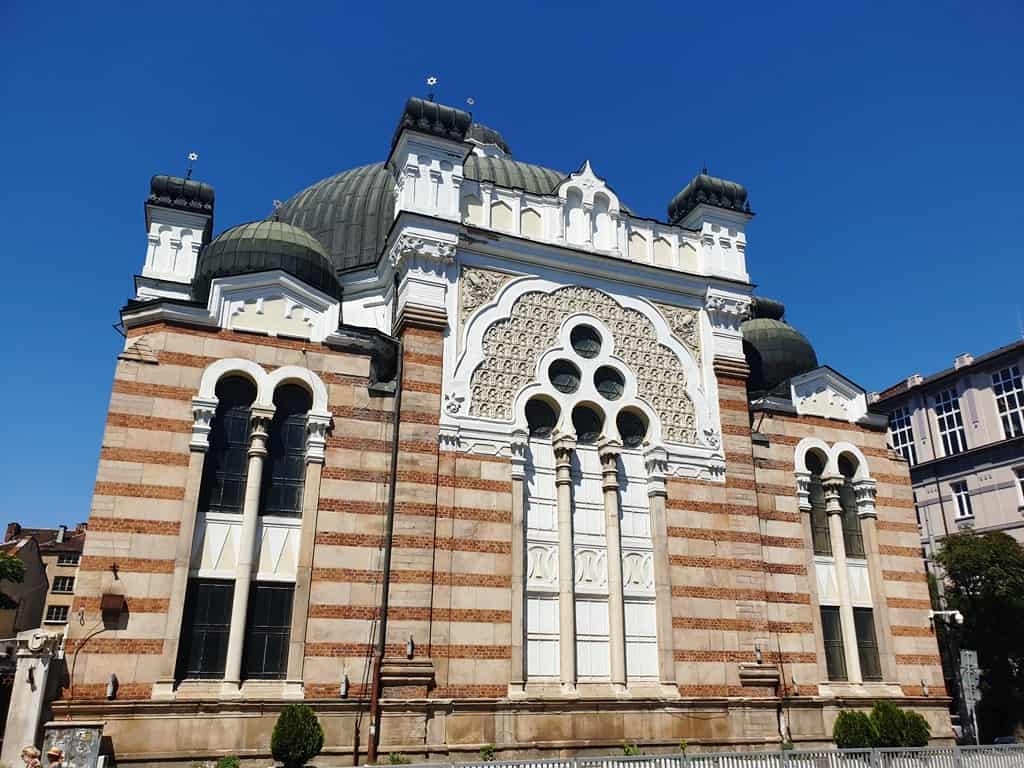
The Sofia Synagogue is the largest synagogue in Southeastern Europe. It is primarily Moorish Revival with a smidge of Viennese Secession architecture. The synagogue is also home to the Jewish Museum of History which highlights various exhibits about the Bulgarian Jewish population and the Holocaust.
Sofia in 2 Days: Day Two
On day two in Sofia, you should visit some of the museums and more modern buildings that make up this former Soviet bloc city. Many of the city’s museums are located within former 19th and early 20th century buildings.
Historical Museum
The Historical Museum of Sofia is located within the former public thermal baths that were built in the 19th century. To this day, the locals still come and fill their water bottles. Exhibits include photography of the older city and former city trams.
National Museum of Natural History
The natural history museum is popular with locals and schoolchildren, as well as tourists. There are 16 rooms full of exhibitions, which include thousands of birds and insects, 400+ mammals, and mineral species.
National Gallery and Folklore Museum
The National Gallery and the Folklore Museum are both housed inside the 1882 Royal Palace. The gallery boasts an impressive collection of Renaissance and Medieval paintings while the Folklore Museum showcases the daily life of Bulgarians.
Central Market of Sofia
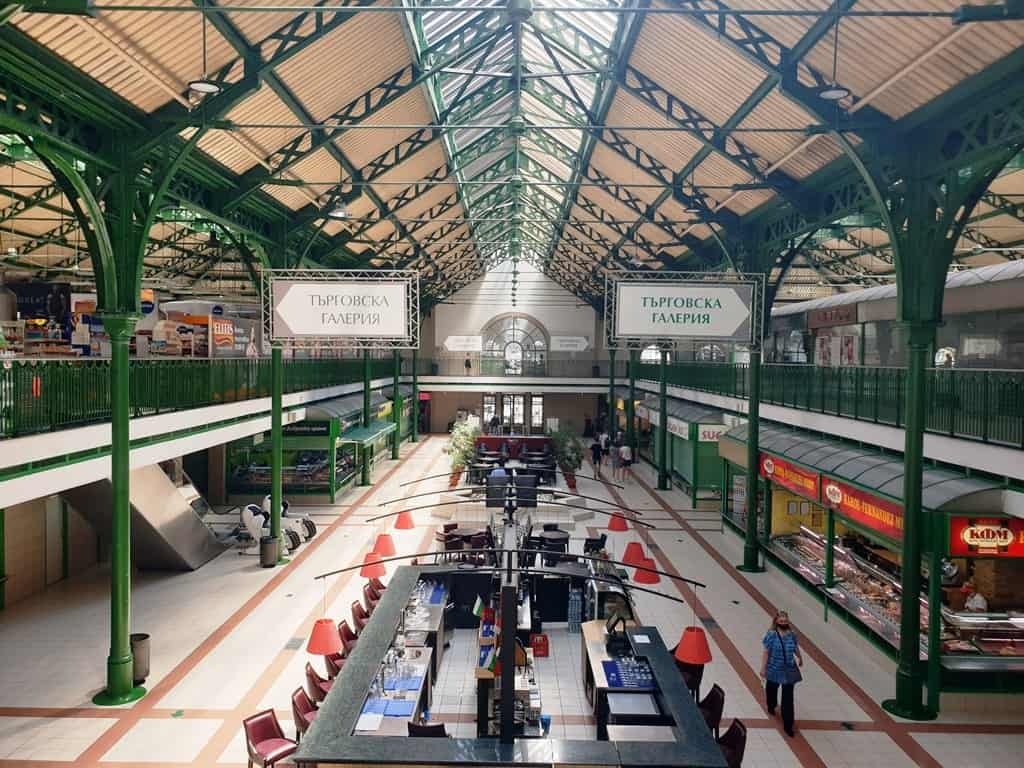
The Central Market is located inside a Renaissance Baroque building in the heart of Sofia. This is a must-see if you enjoy local markets.
Women’s Market
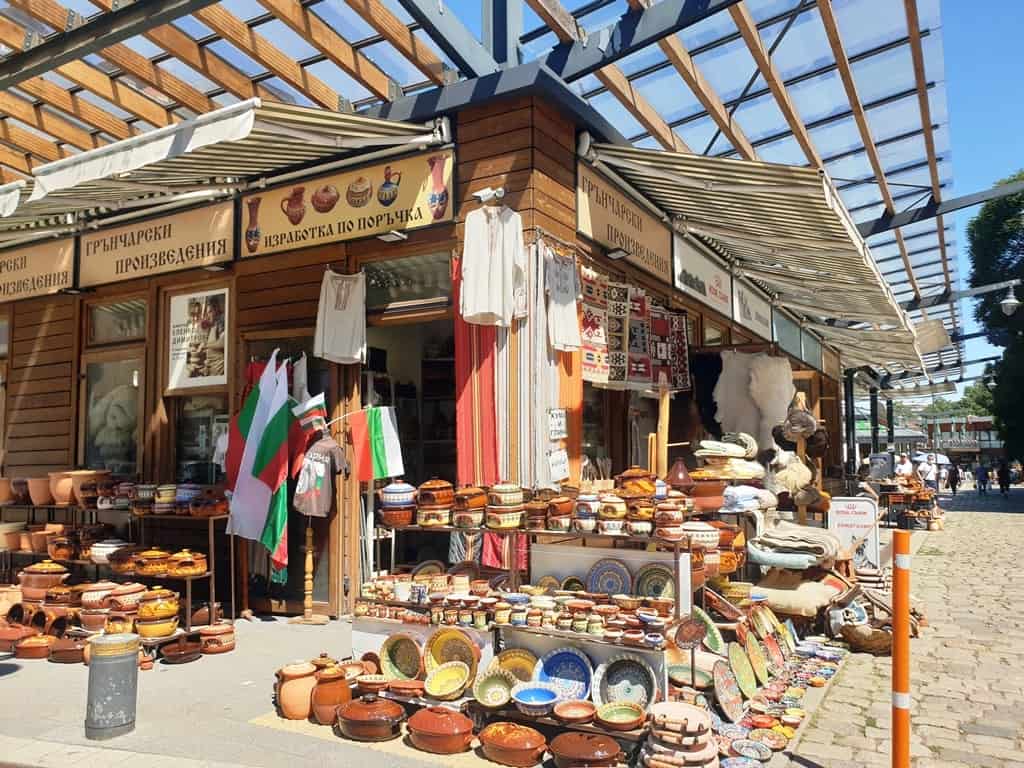
The Women’s Market in Sofia is a short distance from the central market and is where you can find all kinds of goodies made by local women. You can also find plenty of traditional homemade jams and pickles, seasonal fruits, vegetables, and nuts. In the past, the market was solely women, but today you can also find male traders.
Borisova Gradina Park
Borisova Park, named for Tsar Boris III, is the oldest and largest park in Sofia, which is a city full of parks. Borisova Park is reminiscent of Central Park in New York City, with meandering trails, a lake to go boating in, and an ice rink for skating in the winter. There are also tennis courts, playgrounds, sporting fields, and more for the locals to enjoy.
Vitosa Avenue
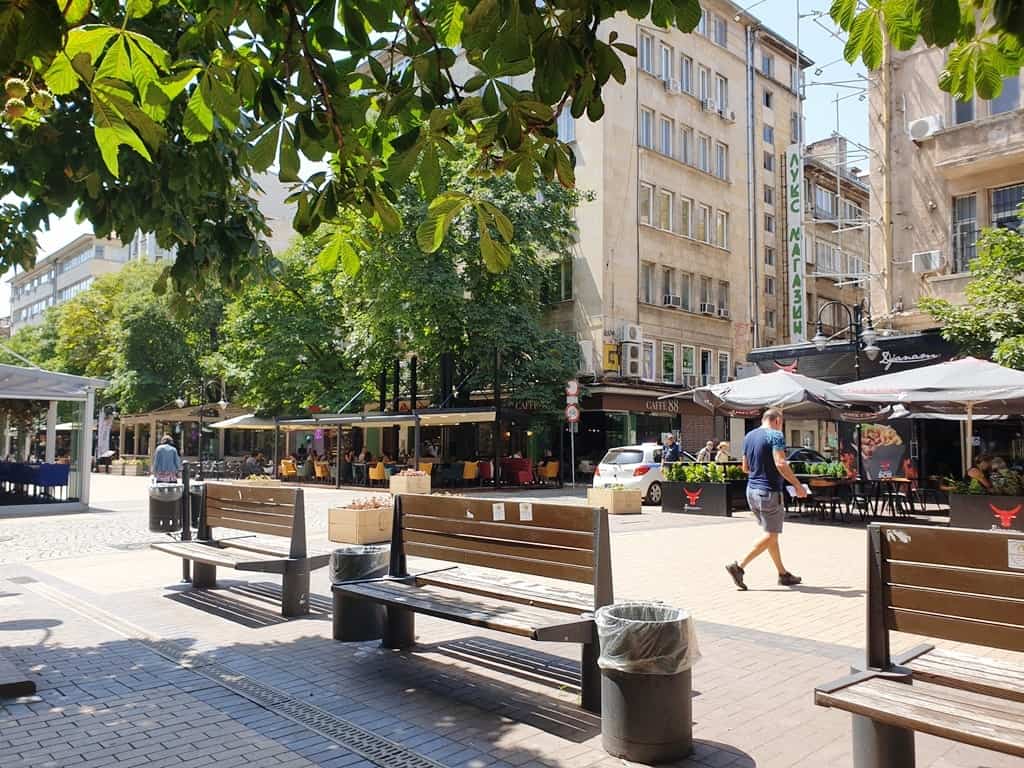
Every city has a pedestrian avenue, and this is Sofia’s. You’ll find a lot of local shops, restaurants, cafes, bars, and more here. In the evenings, this is where to go to find live music.
Nearby Excursions
Half-Day Trip to the Rila monastery
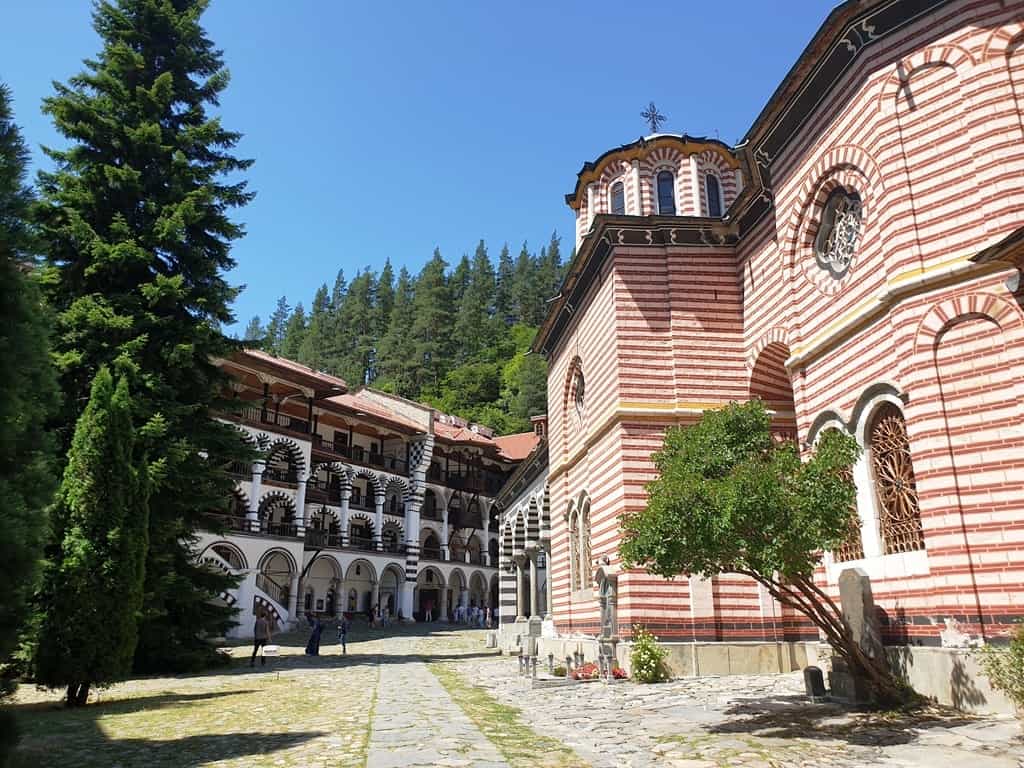
If you have half a day to explore some of the nearby attractions, then a visit to Rila Monastery needs to be on your list.
Rila Monastery, or the Monastery of Saint Ivan of Rila, is one of the most popular tourist attractions in Bulgaria and the most important spiritual and literary centre of the Bulgarian national revival. The monastery is located in the southwestern Rila mountains about 73 miles south of Sofia.
According to legend, the monastery was founded near the cave that the hermit Ivan lived in; his students built the monastery in his honour sometime in the 10th century.
Where to Eat in Sofia
Shtastliveca Restaurant on Vitosha Boulevard
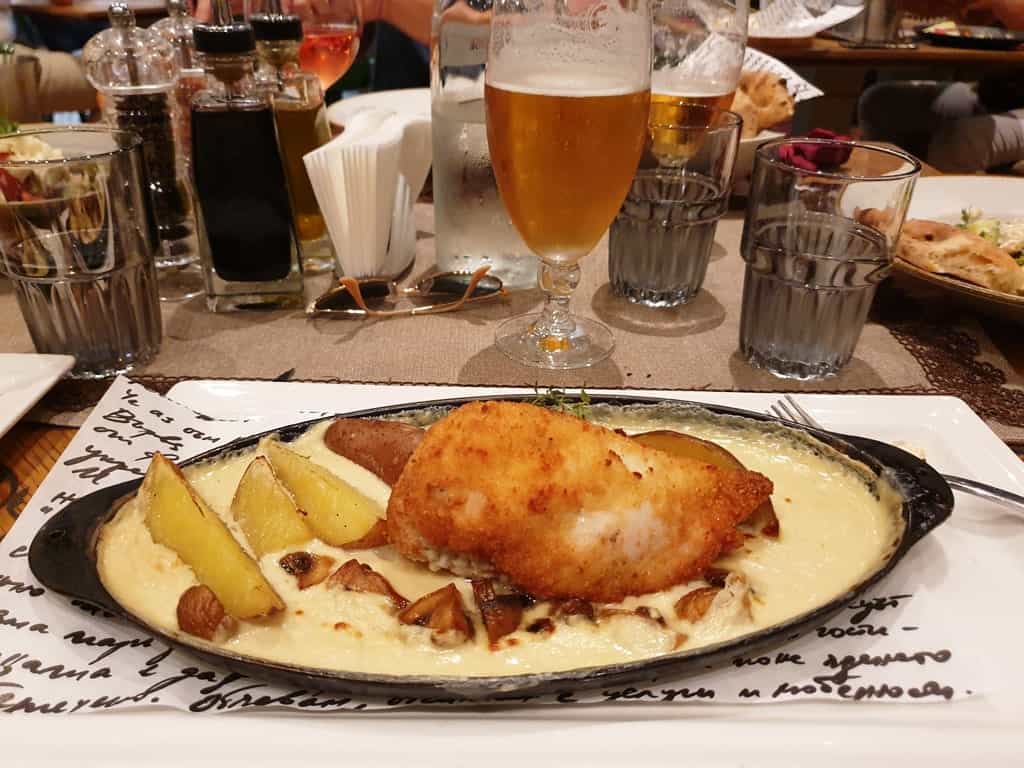
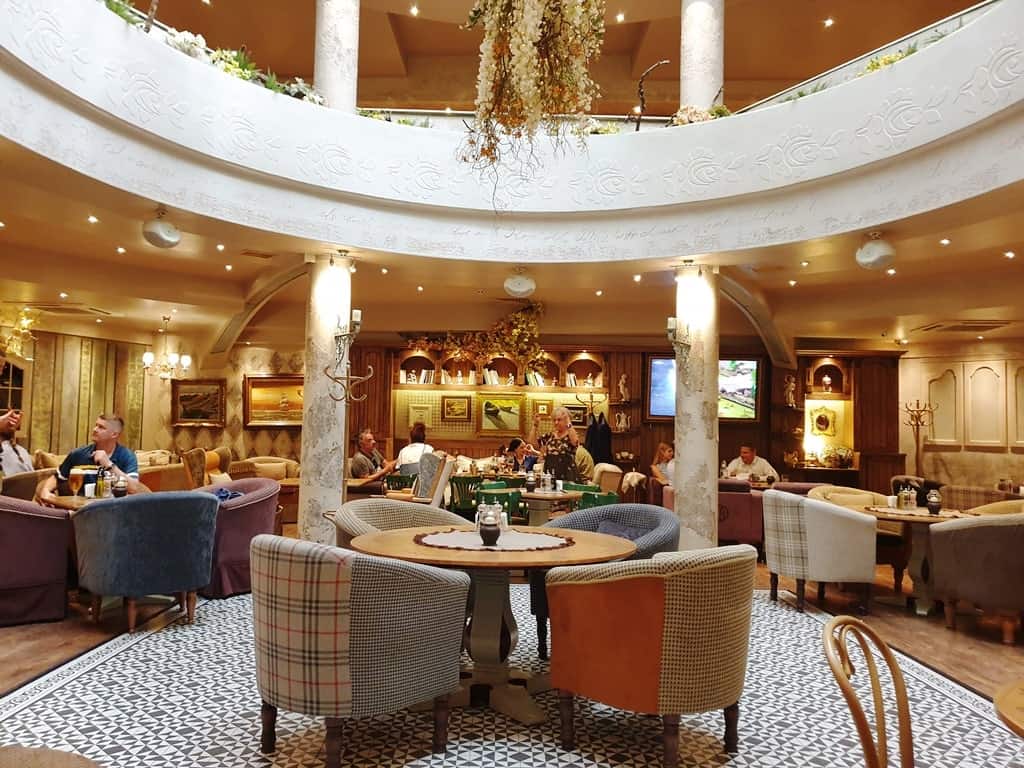
The Shtastliveca Restaurant is a popular European/Bulgarian restaurant in the centre of Sofia. The menu changes seasonally but highlights the traditional food of Bulgaria.
Moma Bulgarian Food and Wine
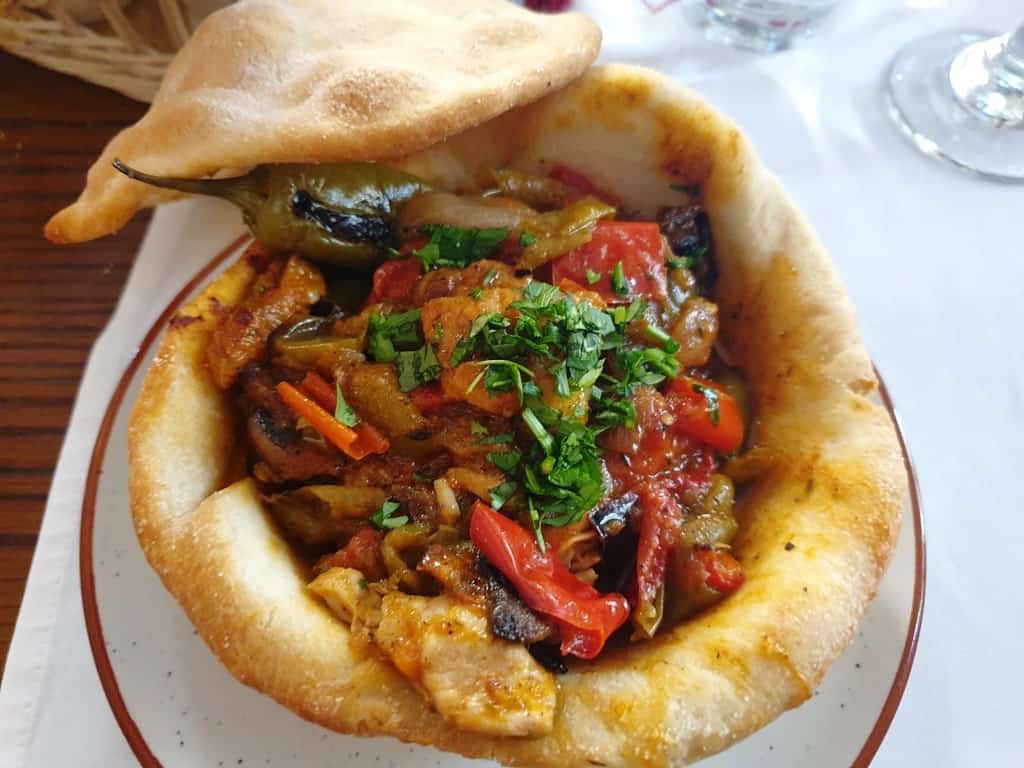
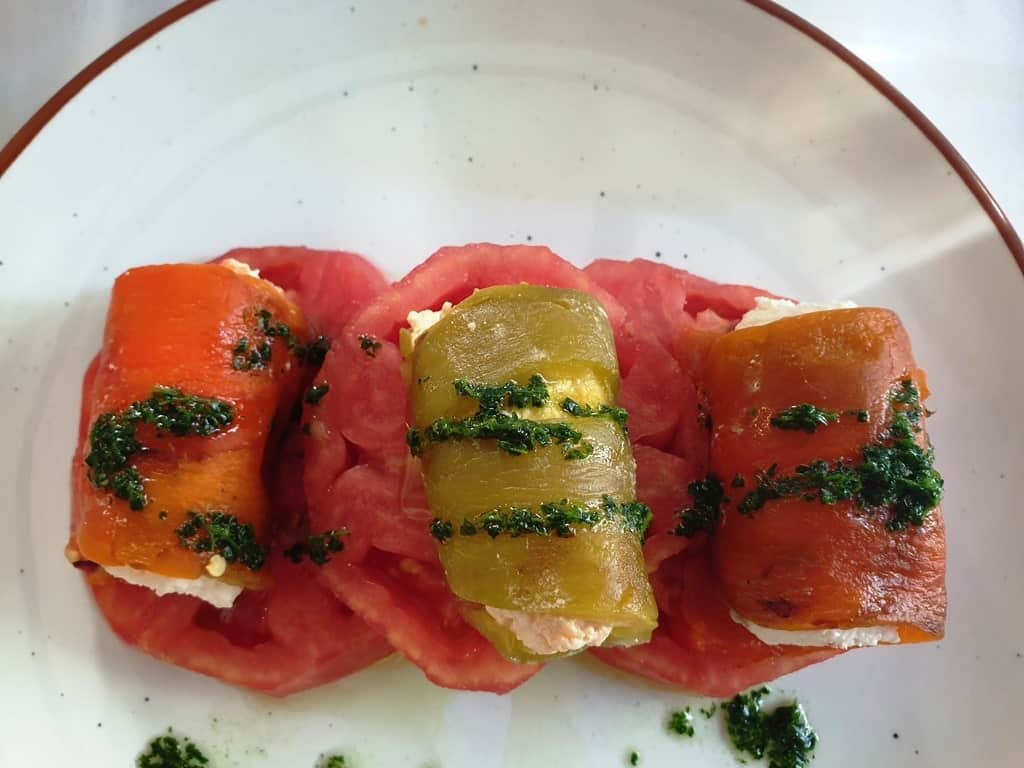
Moma is a restaurant that highlights the culinary history of Bulgaria as well as the interior design and traditions of the maidens of Bulgaria.
